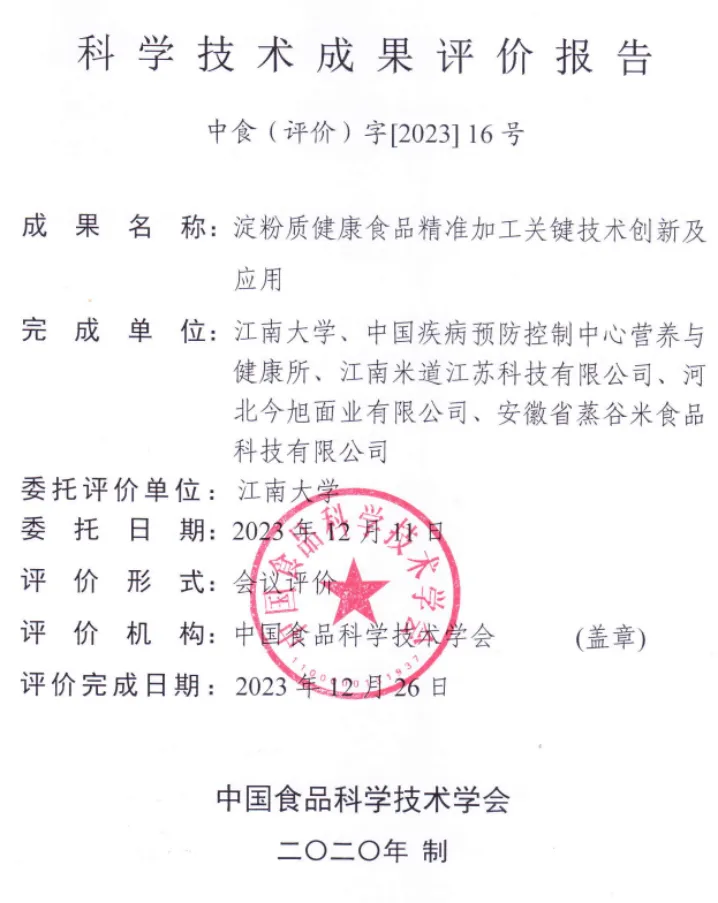is soba healthier than udon
Is Soba Healthier than Udon?
When it comes to Japanese cuisine, few dishes are as beloved as soba and udon noodles. Both types of noodles have their unique textures and flavors, but they also vary in nutritional content and health benefits. This article will explore the differences between soba and udon, ultimately addressing the question is soba healthier than udon?
Understanding Soba and Udon
Soba noodles are made primarily from buckwheat flour, which gives them a distinctive earthy flavor and a slightly grainy texture. Buckwheat is considered a superfood and is rich in vitamins and minerals, including manganese, magnesium, and iron. Moreover, it is high in protein and fiber, making soba noodles an excellent choice for those seeking a nutritious option.
In contrast, udon noodles are made from wheat flour and have a chewy, thick texture. While they are delicious, udon noodles lack some of the nutritional benefits found in soba. Udon is often higher in calories and carbohydrates due to its wheat base and may not offer as much protein or fiber per serving.
Nutritional Comparison
Let’s take a closer look at the nutritional profiles of soba and udon. A typical serving of cooked soba noodles (100 grams) contains about 99 calories, with 5 grams of protein, 1 gram of fat, and 20 grams of carbohydrates. Importantly, soba noodles contain about 3 grams of fiber, contributing to better digestion and prolonged feelings of fullness.
On the other hand, a similar serving of cooked udon noodles contains around 130 calories, with approximately 3 grams of protein, 1.5 grams of fat, and 25 grams of carbohydrates. Udon noodles have lower fiber content, typically around 1 gram per serving. This disparity in fiber content can be a crucial factor for those aiming to maintain a healthy diet or manage their weight.
is soba healthier than udon

Health Benefits of Soba
The health benefits of soba extend beyond its nutrient profile. The presence of buckwheat—despite its name—is gluten-free, making soba an excellent alternative for individuals with gluten sensitivities or celiac disease. Additionally, buckwheat has been linked to various health benefits, including improved heart health, better blood sugar control, and lower cholesterol levels. Its high antioxidant content also supports overall health and well-being.
Soba noodles have a low glycemic index, which means they are digested more slowly than high-GI foods. This can lead to more stable blood sugar levels and reduced cravings for unhealthy snacks, making soba a popular choice for people with diabetes or those looking to regulate their energy levels throughout the day.
Culinary Versatility
Both soba and udon are versatile and can be used in various dishes, from soups to stir-fries. However, the way these noodles are prepared and served can also influence their healthiness. When soba is tossed with fresh vegetables and a light dressing or served in a broth, it can be a refreshing and nutritious meal. Udon, while equally delicious, is often served in richer, broth-heavy dishes that may add extra calories and sodium.
Conclusion
In conclusion, while both soba and udon noodles have their merits, soba emerges as the healthier option due to its superior nutrient profile, higher fiber content, gluten-free nature, and numerous health benefits associated with buckwheat. For those looking to incorporate a healthier option into their diet, soba noodles are certainly worth considering. However, it is essential to enjoy both types of noodles in moderation and as part of a balanced diet to reap the maximum health benefits. Whether you choose soba or udon, each noodle has its place in the diverse world of Japanese cuisine, bringing unique tastes and experiences to the table.
-
Unleash Your Inner Chef with Delectable Italian Pasta CreationsNewsAug.01,2025
-
Savor Health and Flavor: Irresistible Soba Noodles for Sale Await!NewsAug.01,2025
-
Nourish Your Body with Premium Organic Ramen - A Culinary Delight AwaitsNewsAug.01,2025
-
Elevate Your Dishes with Our Exquisite Kinds of Egg NoodlesNewsAug.01,2025
-
Dive into Flavorful Convenience with Our Ramen OfferingsNewsAug.01,2025
-
Discover Exquisite Types of Naengmyeon and Chilled Soba NoodlesNewsAug.01,2025
-
Is Whole Wheat Pasta Healthy?NewsMay.30,2025
Browse qua the following product new the we

















































































































